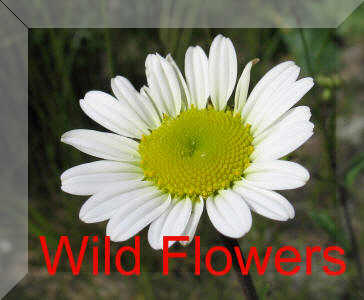BACK TO

Description
The Bee Orchid is a perennial, temperate species generally found on semi-dry turf, on limestone, calcareous dunes or in open areas in woodland. In some years they appear in great numbers, then sometimes only reappear after an absence of many years.
They live in a symbiotic relationship with mycorrhiza ( a soil-dwelling fungus).
The Bee Orchid develops small rosettes of leaves in autumn. They slowly continue to grow during winter. Flowers appear the following year. Each year, it produces from one to ten flowers on a spike, blooming from June to July. Flowers, 12mm across, comprise pink sepals, green upper petals; expanded, furry lower petal maroon with pale yellow markings giving it to bumblebees The flowers are almost exclusively self-pollinating in the northern ranges of the plants distribution, in the Mediterranean pollenation can occur by the solitary bee Eucera. The petals are marginal and spread out, colored mauve to pink. The flower ihas a furry feel and is quite variable in the pattern of coloration, but usually brownish-red with yellow markings.
The alternate leaves are elliptical and pointed. Leaves form a basal rosette and two sheathing leaves appear up stem.
Distribution
In the UK it is common in Wales where it is often found on sand dunes.
Height
This hardy orchid grows to a height of 30 cm.
Flowering
Borne in spikes, June­July.
Data Table
IMAGE 20200(C) 2008 COLIN DUKE
IMAGE 20235 (C) 2008 COLIN DUKE
IMAGE 20241 (C) 2008 COLIN DUKE
IMAGE 20246 (C) 2008 COLIN DUKE
IMAGE 20267 (C) 2008 COLIN DUKE
IMAGE 3206 (C) 2008 COLIN DUKE
IMAGE 3273 (C) 2008 COLIN DUKE
IMAGE 3289 (C) 2008 COLIN DUKE
IMAGE 3308 (C) 2008 COLIN DUKE
IMAGE 3317 (C) 2008 COLIN DUKE
IMAGE 3349 (C) 2008 COLIN DUKE











